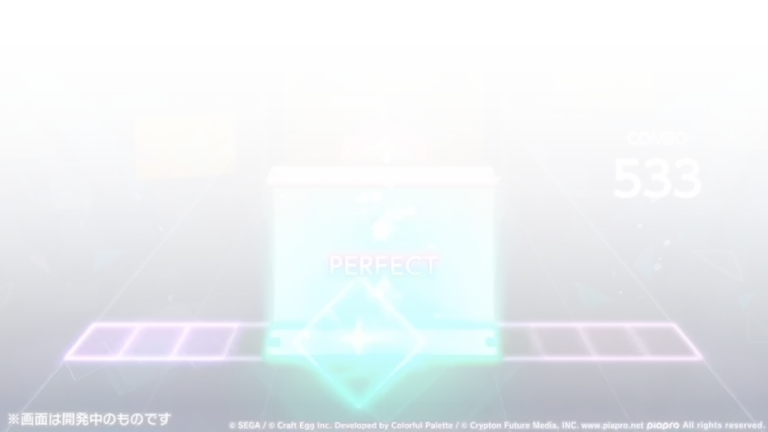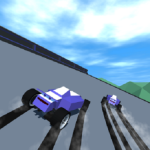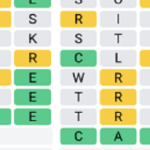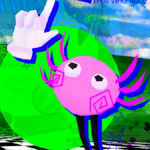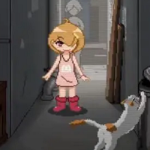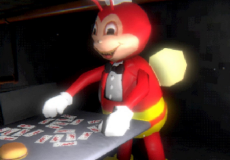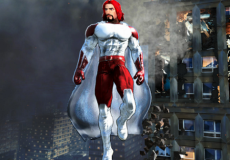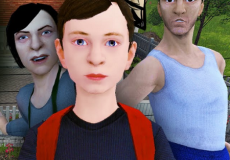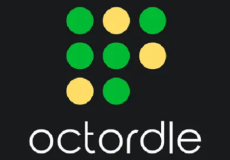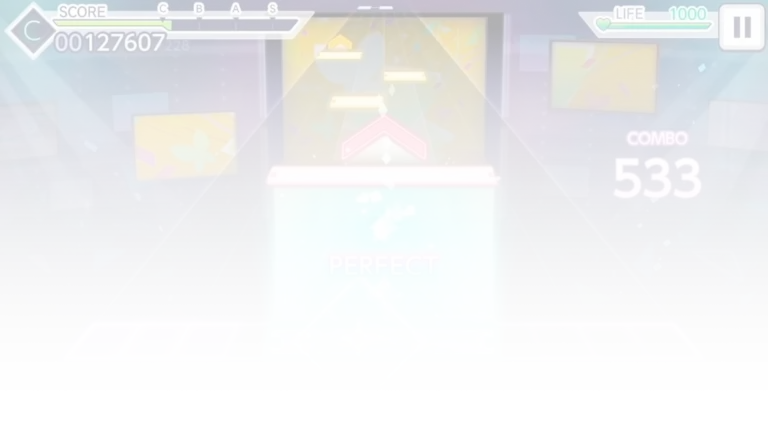
Thunderhead
Advertisement
Thunderhead starts with a simple task. The player is a delivery driver assigned to bring groceries to a remote town. The game opens inside a van that moves across quiet roads. There is no one else on the highway. The map points toward Thunderhead, a town marked on the delivery route. Upon entering the town, it becomes clear that things are not in order. Doors are open. Streets are empty. Deliveries must be completed, but nothing is functioning as expected.
Advertisement
Similiar games
Thunderhead starts with a simple task. The player is a delivery driver assigned to bring groceries to a remote town. The game opens inside a van that moves across quiet roads. There is no one else on the highway. The map points toward Thunderhead, a town marked on the delivery route. Upon entering the town, it becomes clear that things are not in order. Doors are open. Streets are empty. Deliveries must be completed, but nothing is functioning as expected.
Signs Left Behind
Moving through the town, the player begins to notice small details. Homes appear lived-in but recently left. Objects are scattered across porches, chairs sit overturned, and store windows reflect nothing. Each house on the delivery list contains some clue — not always direct, but enough to suggest that the town did not empty slowly. Interaction is limited to movement and observation, but both become tools to understand what changed. The vehicle can be used to travel between zones, each one showing a different part of the place once known as home to others.
Main Components of Gameplay
Thunderhead focuses on atmospheric exploration, offering the following features:
· Driving mechanics centered on navigating a delivery van
· A first-person view during exploration of buildings and streets
· Environmental storytelling without dialogue or cutscenes
· A central mystery involving a hill near the cemetery
· A non-linear sequence of locations with optional routes
This structure allows the player to explore at their own pace, choosing how much to uncover and how long to stay in each area.
A Mystery Without Clear Instructions
As the player continues, a pattern begins to form. The locations of the deliveries become less important than what surrounds them. Items point toward a timeline that stopped without warning. Somewhere near the edge of the town, a hill has formed that did not exist before. References to it appear in notes, objects, and the arrangement of certain areas. Thunderhead does not offer a journal or map — players must remember what they’ve seen and link pieces together on their own. The further one explores, the less the task of delivery feels like the purpose.
Departure From Routine
Thunderhead does not end with a clear explanation. The game leads to a conclusion, but how the player interprets it depends on what they noticed and in what order. The delivery job becomes a framework for movement, but the core of the experience is what remains when routine collapses. The game invites quiet exploration and attention to physical space, turning a simple trip into an uncertain return. The town is still there, but something beneath it has changed.
Discuss Thunderhead
